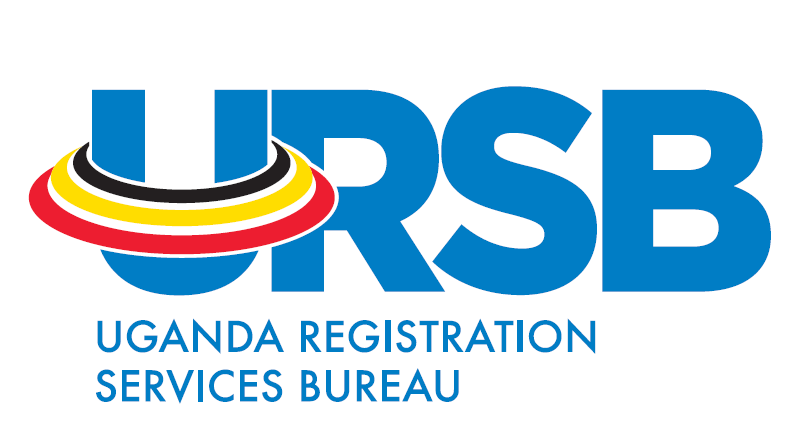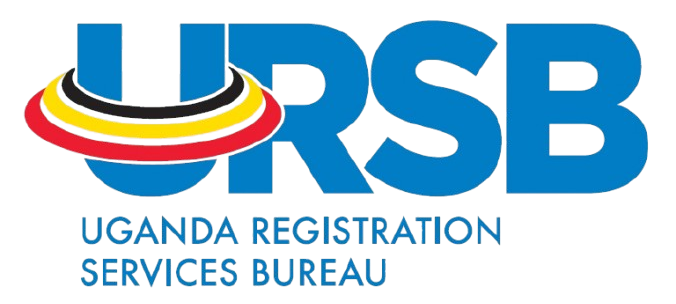3rd Floor, Uganda Business Facilitation Centre,
Plot 1 Baskerville Avenue, Kololo,
P. O. Box 6848, Kampala.
Mr. Mugabe Robert is an Advocate of the High Court of Uganda and other courts subordinate thereto.
Currently, he is serving as the Commissioner for Intellectual Property (IP) at the Uganda Registration Services Bureau (URSB).
As Commissioner, he provides strategic leadership and oversight for Uganda’s intellectual property (IP) system, including the examination, registration, and protection of intellectual property rights. He has championed reforms aimed at strengthening IP administration, enforcement, and commercialization to support innovation, creativity, and knowledge based enterprise through programs like the Brand protection initiative and IP for young learners.
He has also led initiatives to enhance IP awareness among innovators, SMEs, and academic institutions, while fostering regional and international collaborations that align Uganda’s IP system with global standards. His efforts have been instrumental in positioning intellectual property as a key driver of economic growth in Uganda.
Previously, Mr. Mugabe served as Commissioner for Insolvency and Receivership; and Director Business Registration, respectively, where he played a pivotal role in driving business reforms since 2008.
These reforms include insolvency and business rescue initiatives, which have enabled numerous entities to avoid insolvency; and Business re-engineering processes that reformed business registration in Uganda through a simplified online registration process significantly enhancing accessibility and efficiency in service delivery.
He has represented Uganda at both national and international forums, advancing the country’s position in areas of business formalization, Insolvency and intellectual property.
Mr. Mugabe holds a Master of Laws (LLM) in Oil and Gas Management, an MBA in Oil and Gas Management, a Bachelor of Laws (LLB), and a Postgraduate Diploma in Legal Practice from the Law Development Centre. He has also obtained a number of trainings in Intellectual Property as well as multiple other certifications in leadership and management.
Prior to joining URSB, he served as a State Attorney with Ministry of Justice and Constitutional Affairs.

